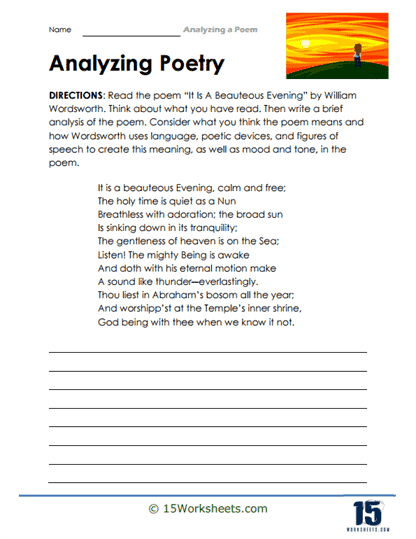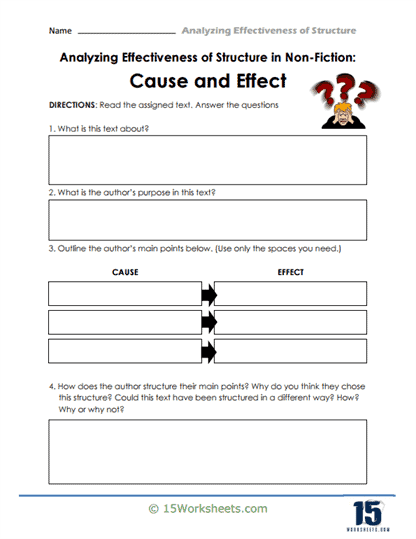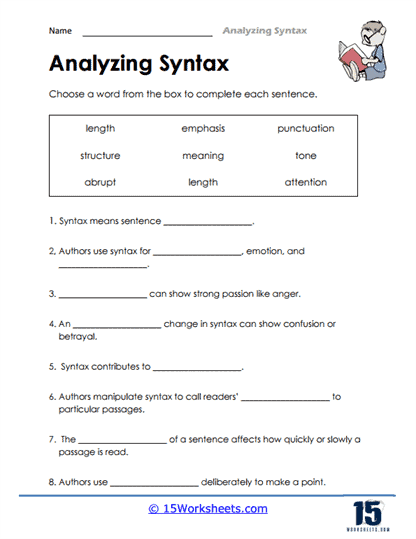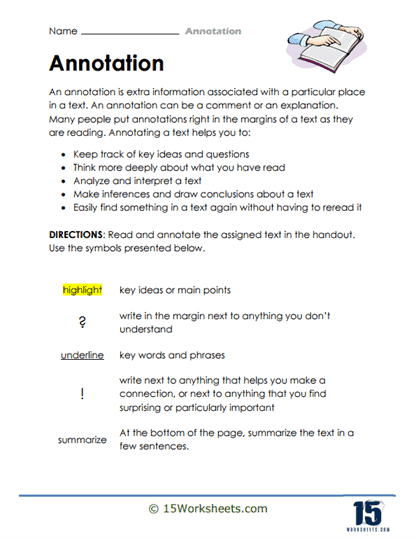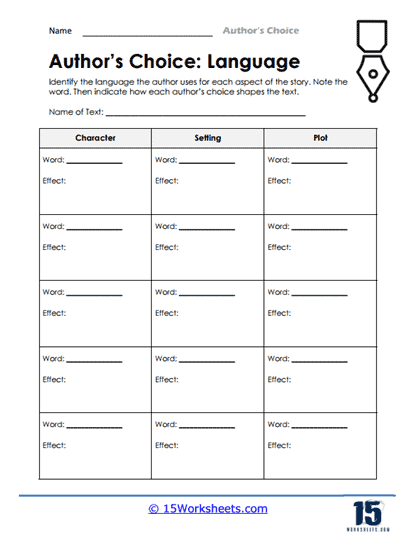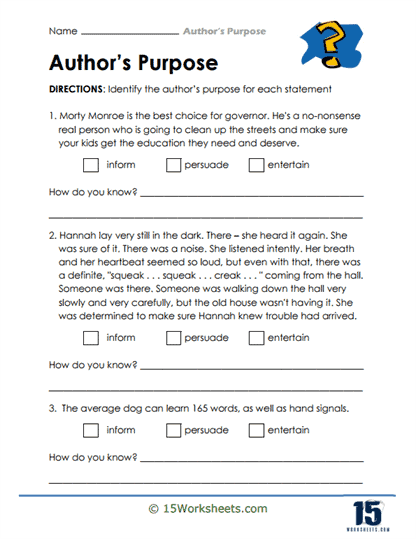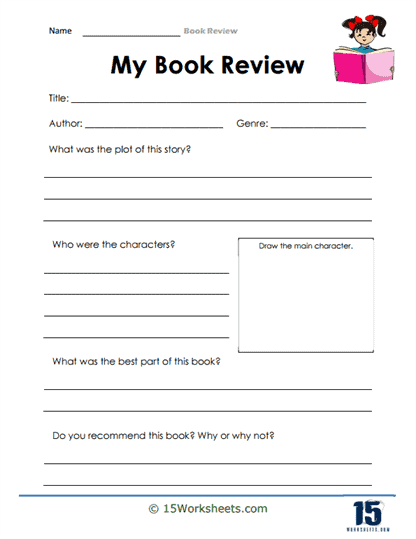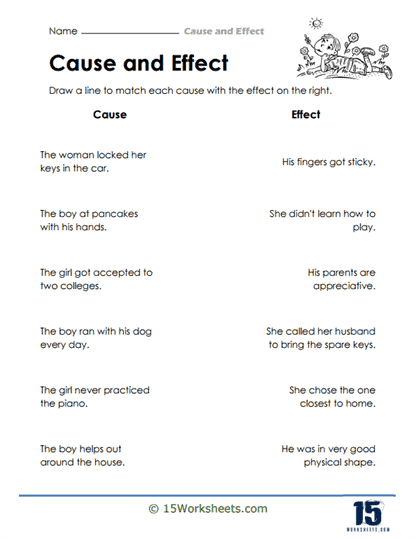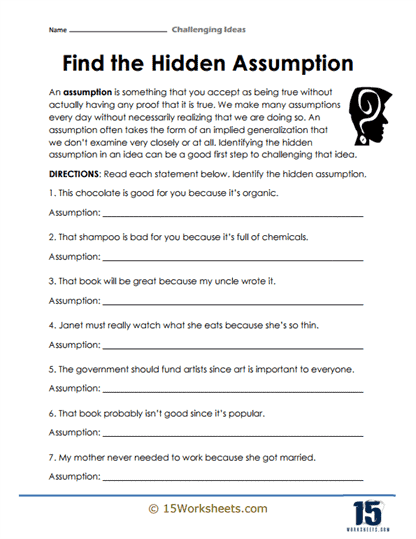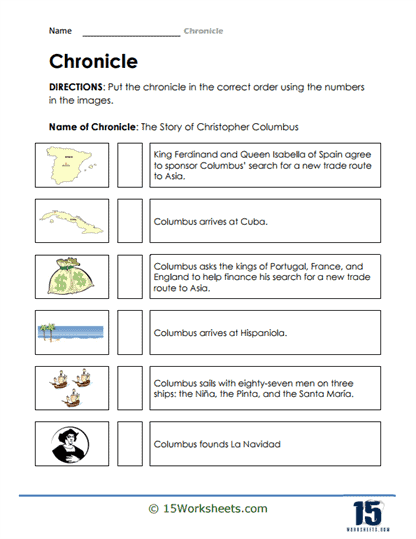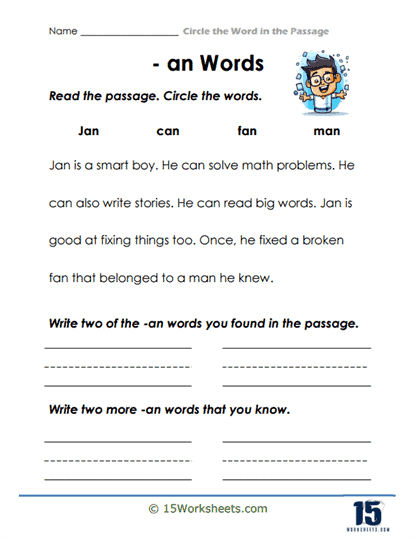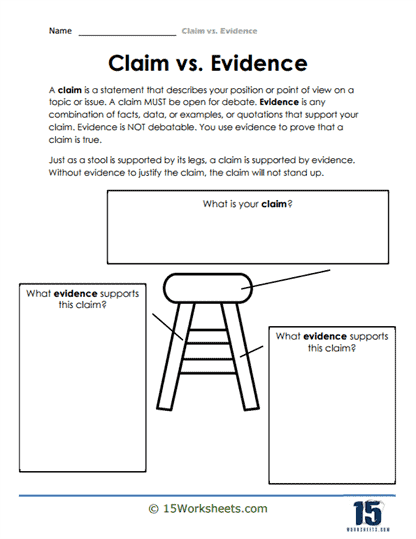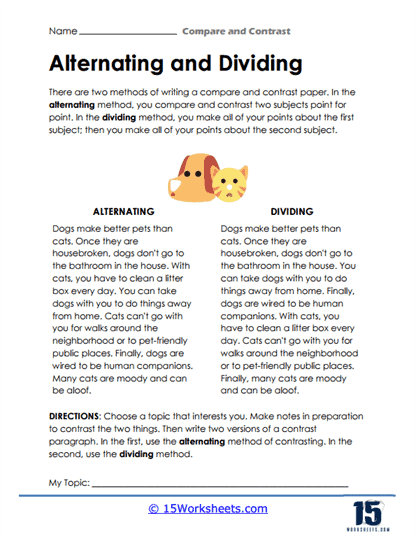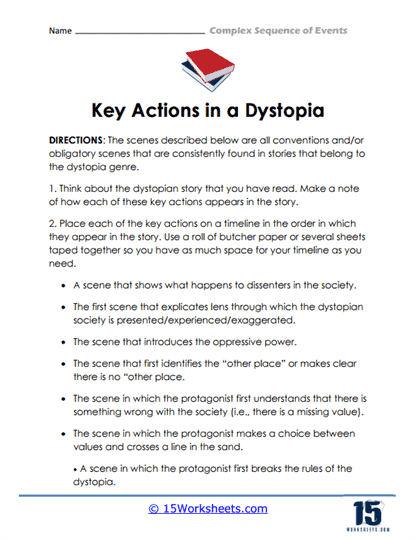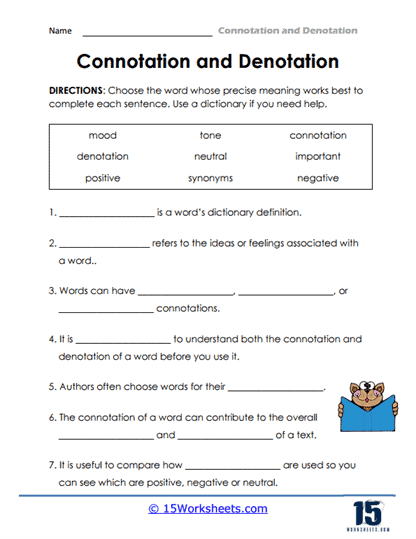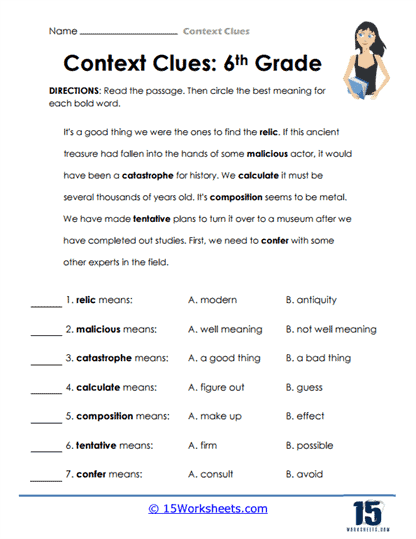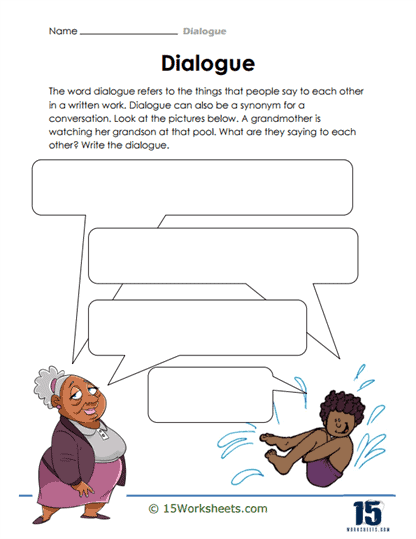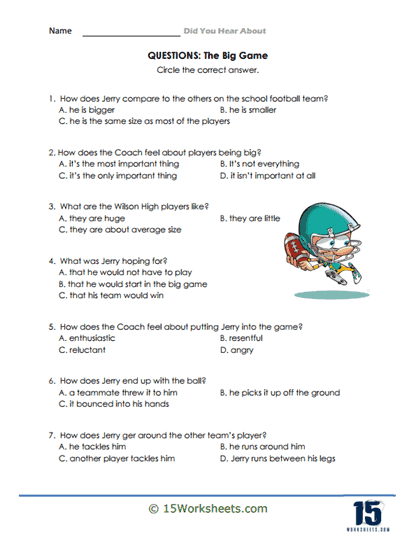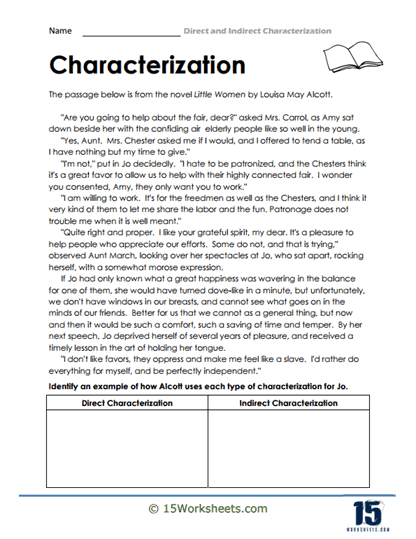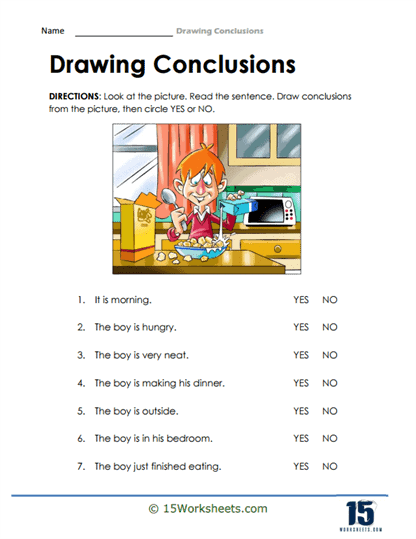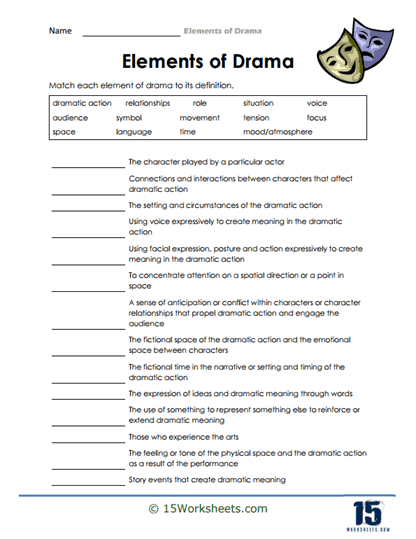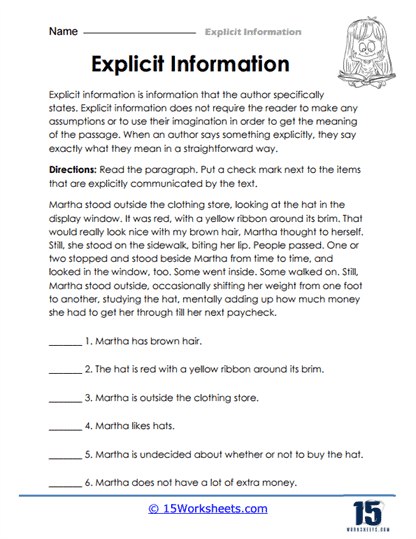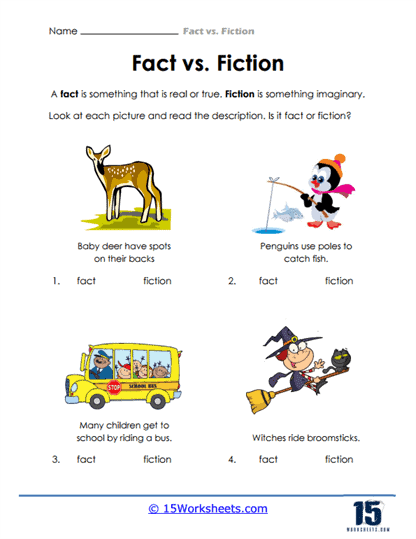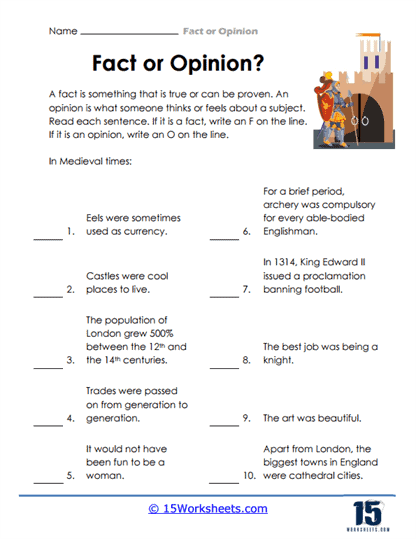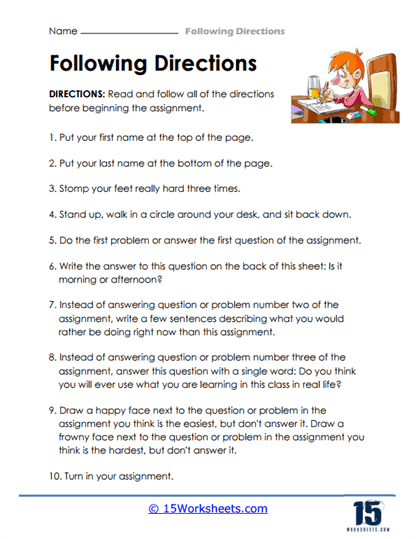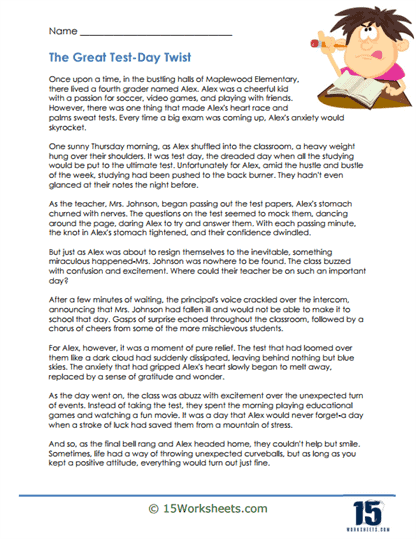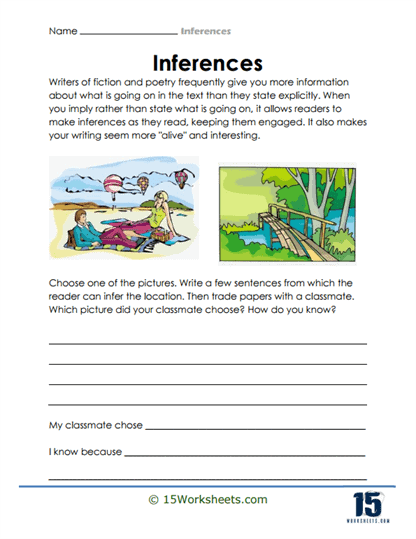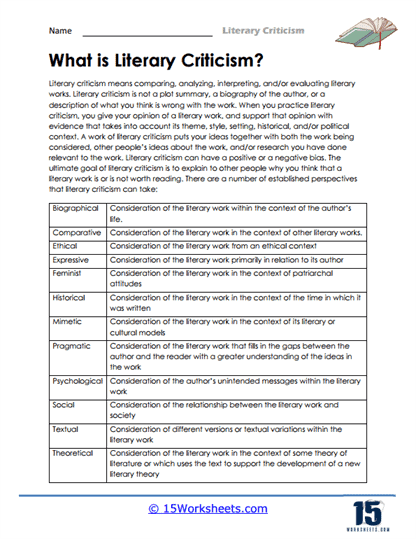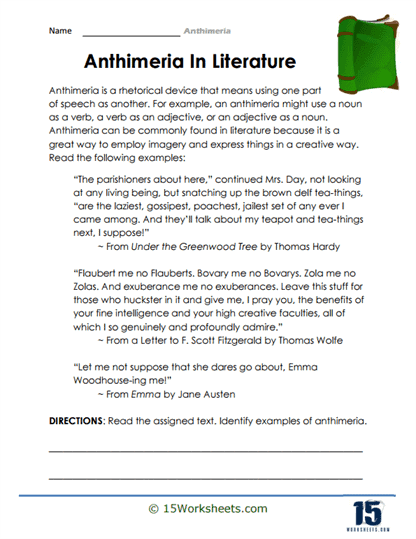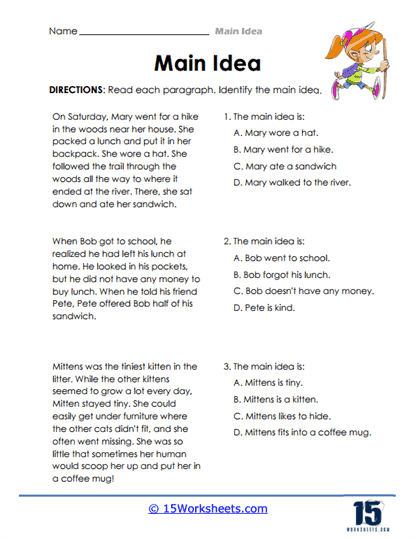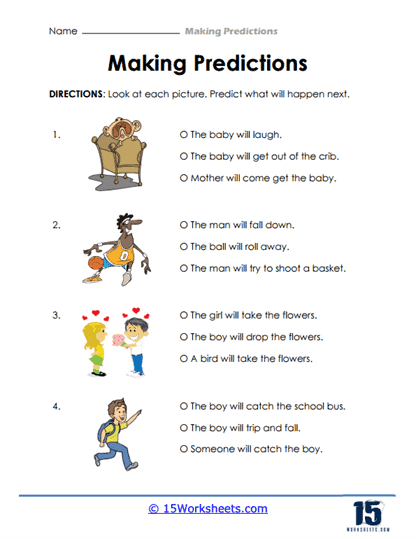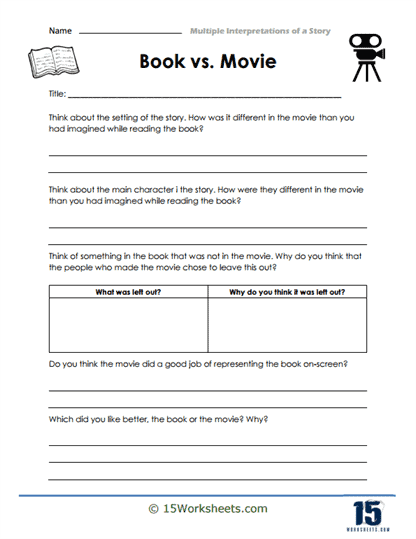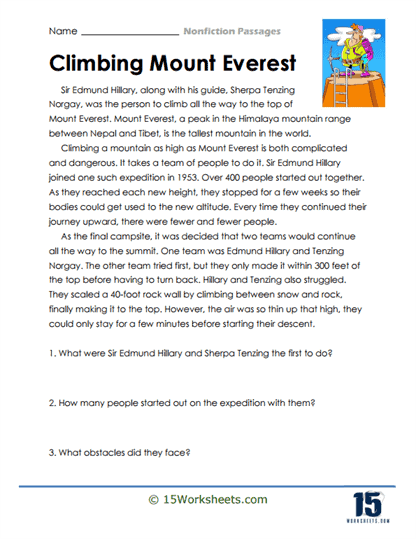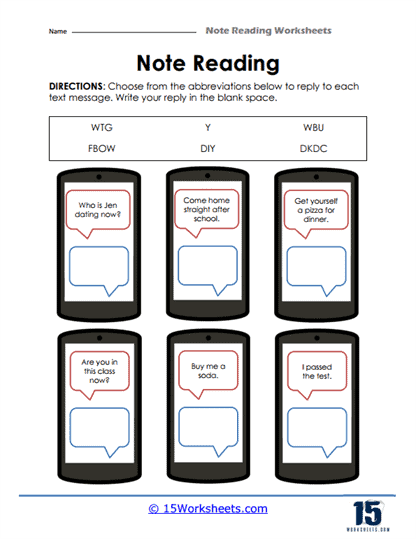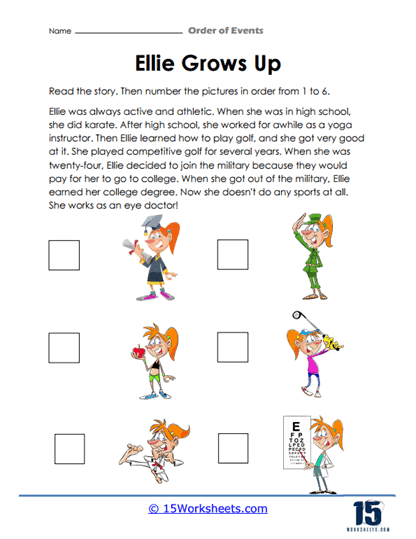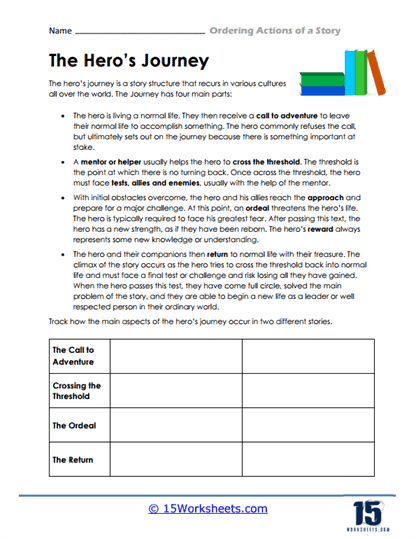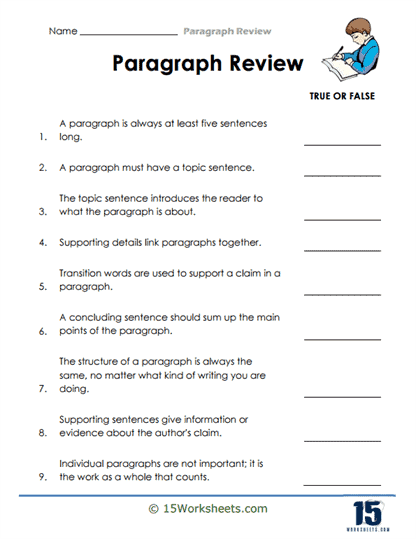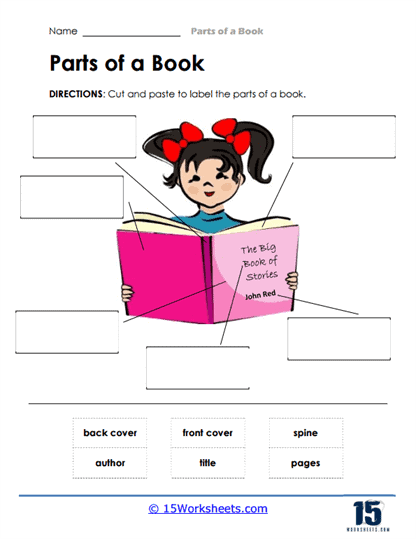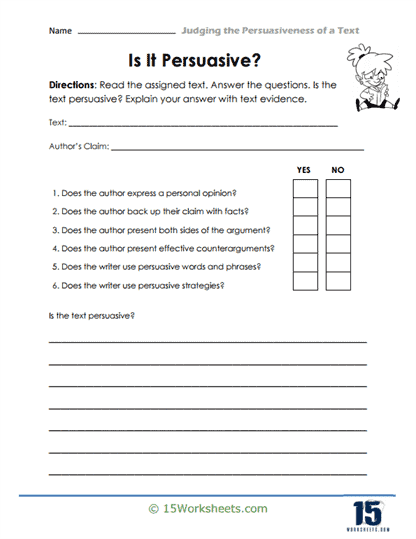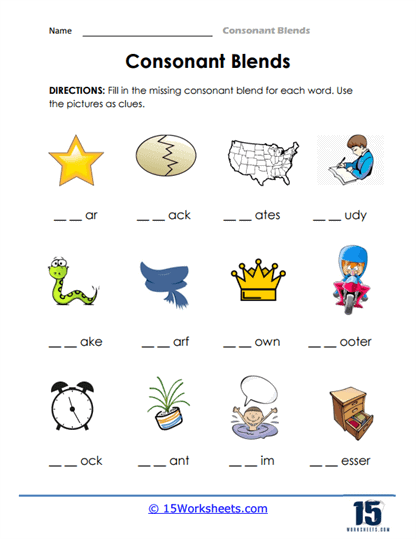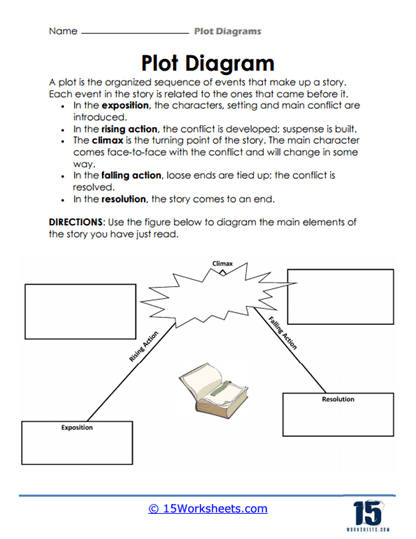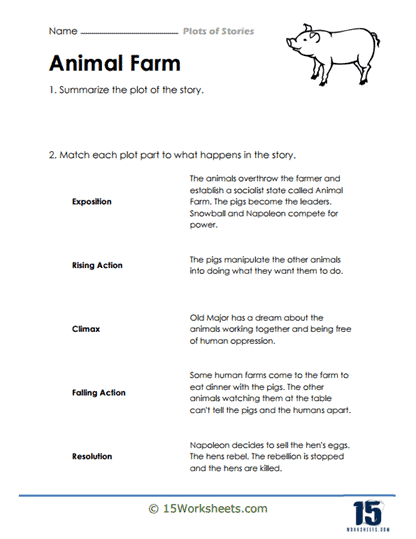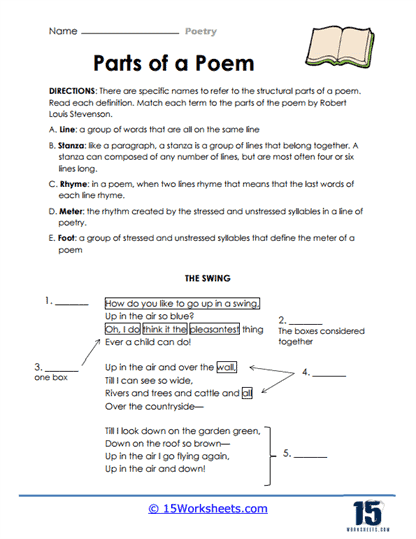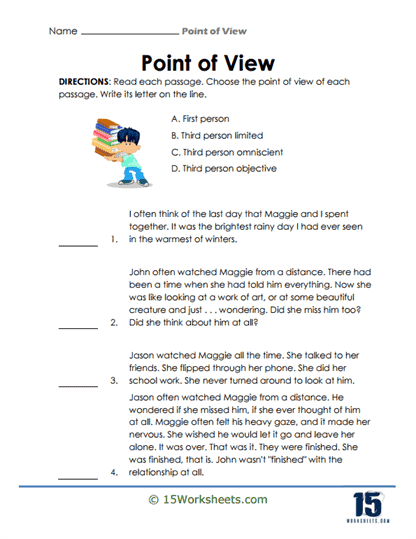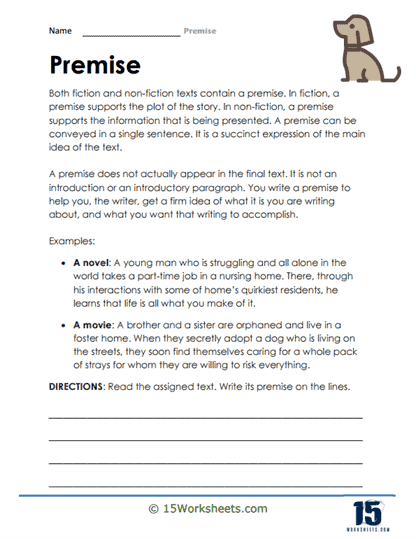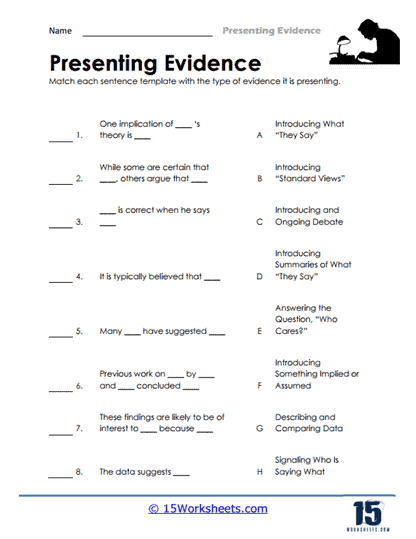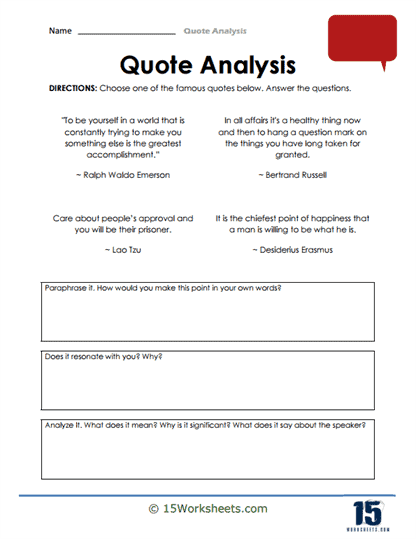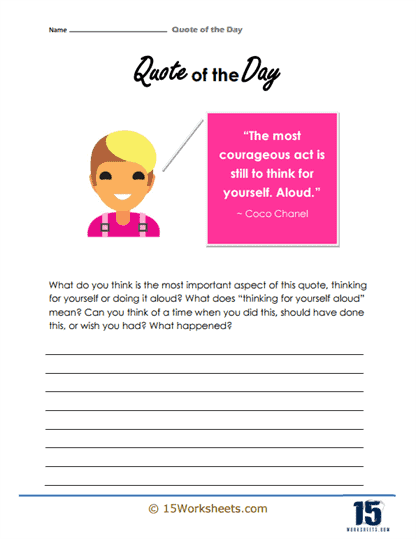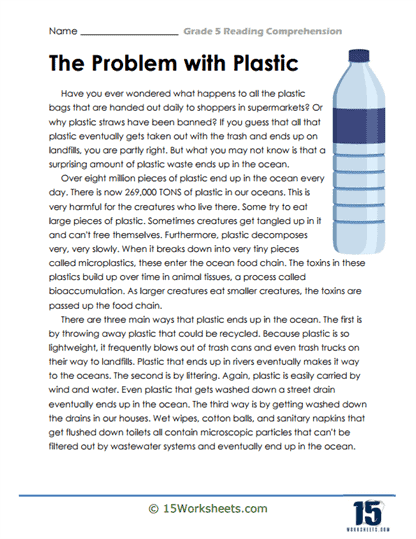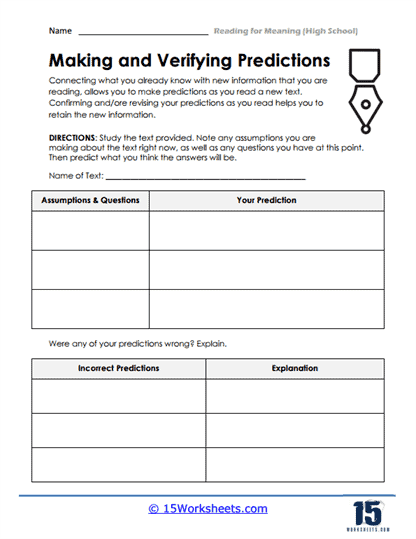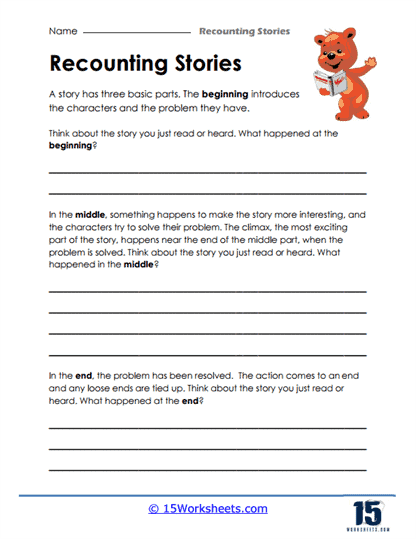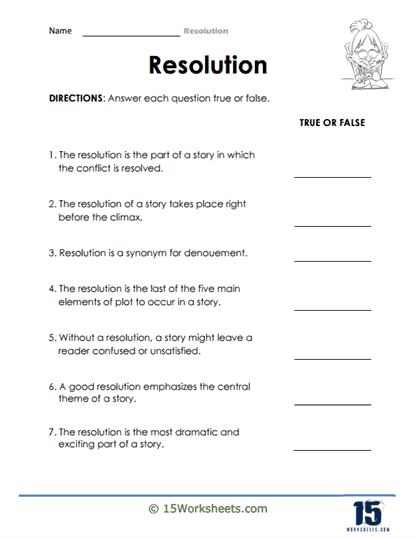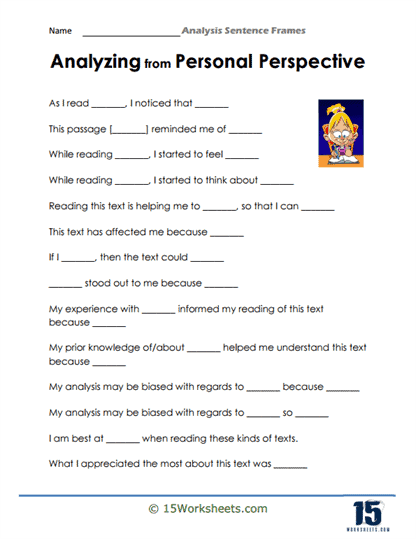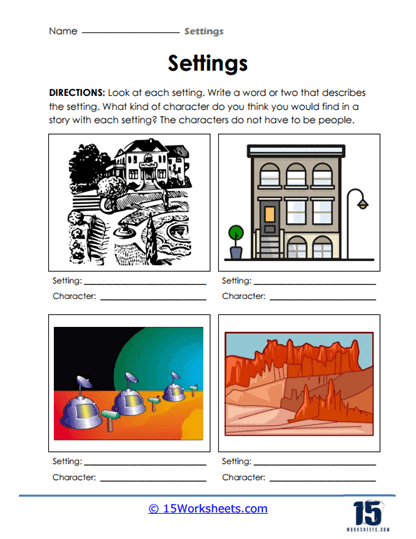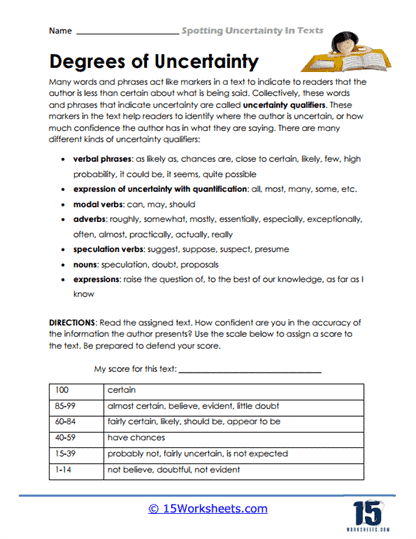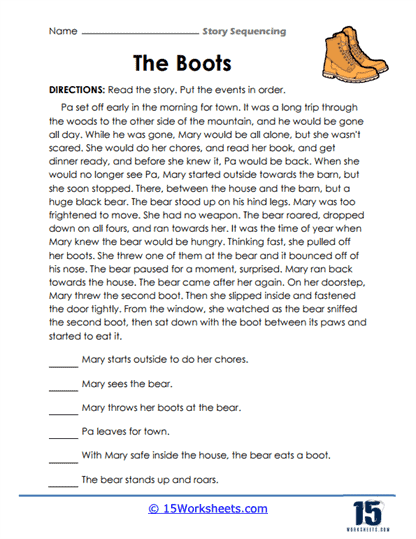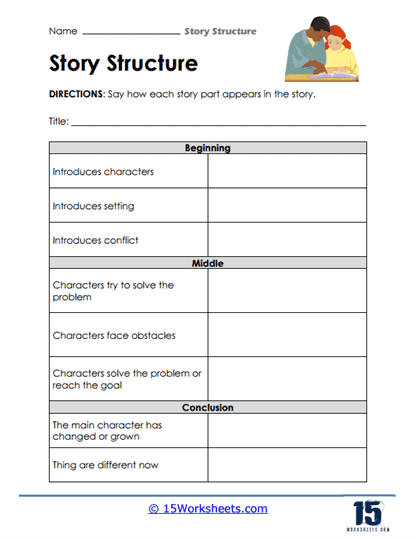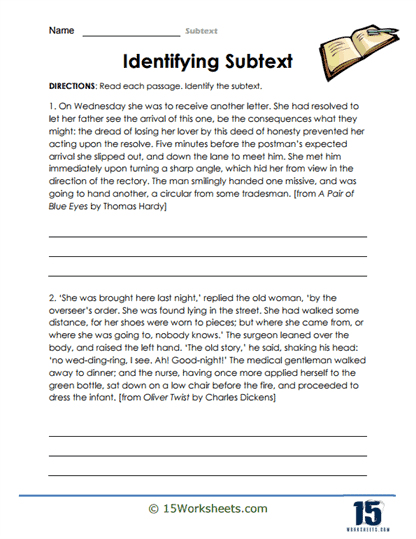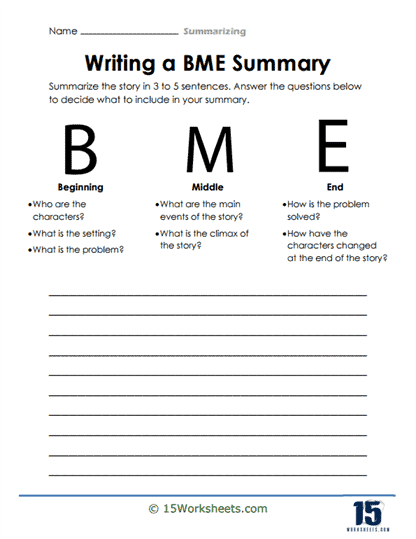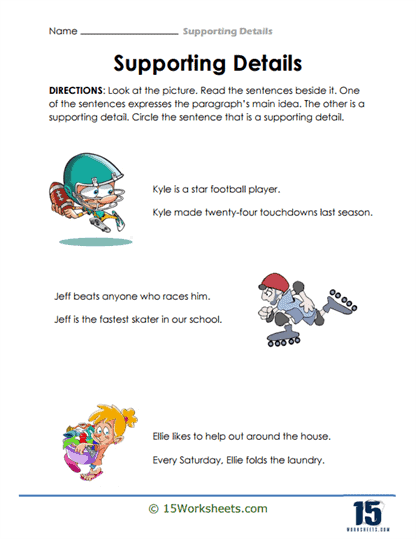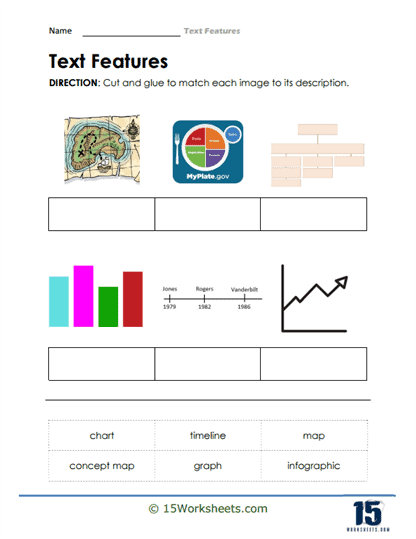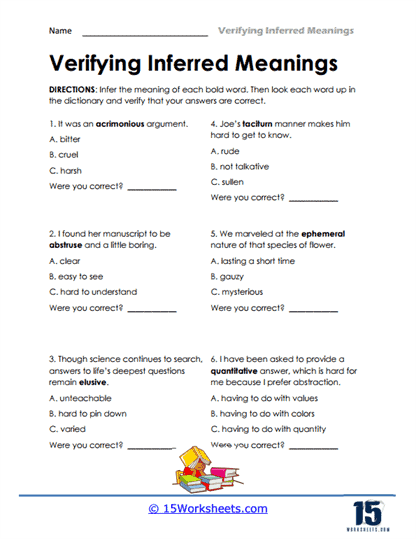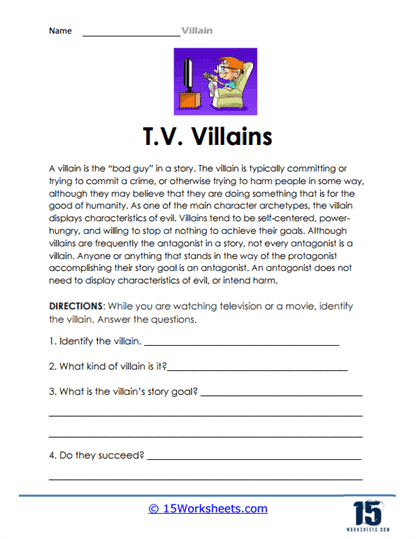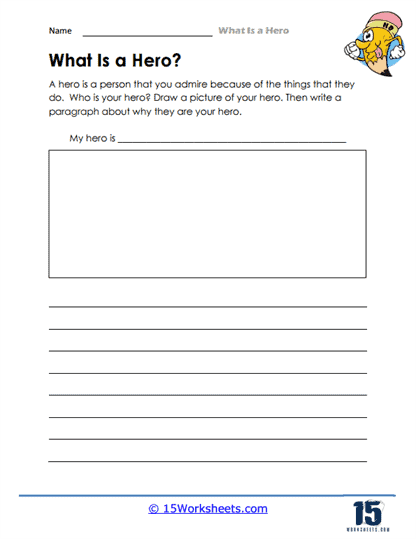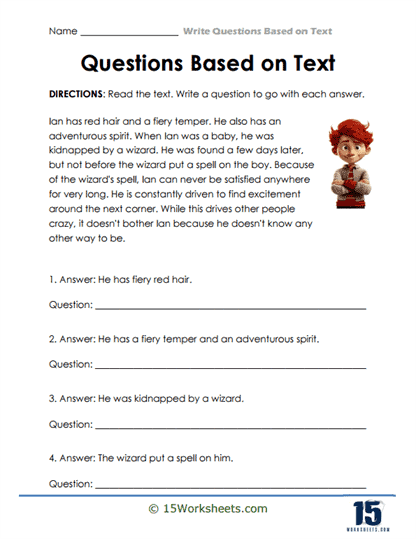Reading Worksheets
About Our Reading Worksheets
Through out our lives we slowly come to the conclusion that we can teach ourselves just about anything through reading. At last look 99% of the United States qualifies as minimally literate which means that they can interpret basic road signs. While many different teams have tried to assess the average reading level of North America, there has not any definitive data to calculate this. The most recent study has us pegged at what is considered “below proficient” for high school students.
These worksheets will help you progress towards becoming a more fluent reader and experience has always shown to improve our abilities. This is a huge section and has everything from 1st grade through upper limits of high school work for you.
Analysis Sentence Frames Worksheets
Students will take a sentence and break it down into their basic grammatical components. The goal is to begin categorizing them into different types of frames based on their syntactic structure.
Our focus here is to begin interpreting the various elements, including its form, language, imagery, symbols, themes, and tone of the poem.
Analyzing Effectiveness of Structure Worksheets
Students will take a written work and attempt to determine if it produced the intended result for the reader.
This involves examining the structure and arrangement of words and phrases in a sentence or passage. Are they as effective as they can be?
This can help us better understand what we are reading by making notes, underlining or highlighting important points, or asking questions, readers can engage with the text and identify key ideas and themes.
These sheets help students become more comfortable with examining the decisions an author makes about language, structure, and style in their writing.
Students learn how to break down a work to determine why it was composed and what the overall all intention was.
The goal here is to help students learn to create a quick summary that is clear and concise.
This is a relationship between events or actions where one event or action (the cause) leads to another event or action (the effect).
We are working on a higher plane of thinking here. Students will learn how to be better truth seekers.
This type of literature is used to record historical events in a chronological order.
Students learn to analysis statements. A claim is a statement that expresses a point of view, argument, or opinion on a topic, while evidence refers to the facts, examples, or data that support that claim.
Compare and Contrast Worksheets
This is an essential skill that will help students learn to take their language skills to the next level. We go over a number of different ways to highlight the difference between things.
Complex Sequence of Events Worksheets
The is usually reserved for higher level readers that are reading intricate works of literature.
Connotation and Denotation Worksheets
We look at how terms can be taken literally or extend well beyond that meaning based on context and placement.
This is a foundational skill because they help readers understand the meaning of unfamiliar words in a text.
We take a different approach when trying to understand the conversations that take place between characters.
This is a great activity to help students learn to communicate better.
Direct and Indirect Characterization Worksheets
We explore these two different methods that authors use to reveal the traits, qualities, and personalities of their characters.
Drawing Conclusions Worksheets
We help students learn how to form an inference or judgment based on the information presented in a text.
We investigate the many different aspects of a written play or theatrical performance.
Explicit Information Worksheets
These types of statements leave no stone unturned, and it leaves nothing to the imagination. We help students learn when using this type of language is appropriate and helpful.
Students will not only learn how differentiate between the two, but they will also learn how to understand the motives for the composition.
Figurative Language Worksheets
This adds a sense of depth and richness to language making a work much more vivid to readers. This helps to create a metaphorical picture in the reader’s or listener’s mind, rather than a literal or factual description.
Following Directions Worksheets
We help students learn to comprehend and act upon what they have read. These can be really fun, if students pay attention to detail.
Greek mythology has had a profound impact on Western civilization, influencing literature, art, music, philosophy, and even modern pop culture. Many works of literature, from ancient to contemporary, reference Greek myths.
This skill involves analyzing the text and identifying recurring ideas, messages, or insights that are presented throughout the work.
Inductive Reasoning Worksheets
This involves using specific observations or examples to make generalizations or predictions about broader patterns or trends.
Students will take the information presented in a text to draw logical conclusions that are not explicitly stated. Being able to do this from written work is a different skill entirely than from doing it in-person.
The goal here is to help students form an insightful interpretation about the things that may read.
These are techniques or tools that writers use to create meaning, enhance the impact of their writing, and engage readers. This is a humongous part of website. You will find so many helpful areas, it might overwhelm you.
We look at specific classical works as well as broad genres to help students become more confident when reading.
I guess this is the overall goal of this collection of sheets. The goal is identifying the central message or purpose of any text.
This is a skill that takes a level of creativity and experience. You find that as you get more experience with different genres, you will get much better at this.
Multiple Interpretations of a Story Worksheets
Readers bring their own perspectives, experiences, and beliefs to their reading of the text. The same words and ideas in a story can be understood in different ways by different readers.
We highly encourage you to help students learn to take better notes that can have a huge impact on their ability to take in information.
This skill that will take time to develop. We encourage students to actually number the events found within the text.
Ordering Actions of a Story Worksheets
Students will learn to the sequence of events that take place in the narrative.
Students will learn to proofread and correct the work of others.
Persuasiveness of a Text Worksheets
A body of text may target certain audiences more than others. We are attempting to help students learn how to understand the general value of an argument.
The goal of this section is for students to recognize the sounds that make up words and to associate those sounds with specific letters or groups of letters. This is an extensive section.
These are visual representations that illustrate the structure of a story, novel, or play. They typically include key elements such as exposition, rising action, climax, falling action, and resolution.
We begin by helping students learn to identify the key elements of a work including the exposition, rising action, climax, falling action, and resolution.
This is a form of literary expression that uses language to evoke emotions, convey ideas, and express experiences in a unique and artistic way.
Students learn to identify the manner in which a narrative is formed and the purpose behind framing it in this manner.
This can be thought of as the foundation upon which the story is built. Students learn how determine this about a work of text.
Presenting Evidence Worksheets
This is a great skill to have when you are working on the research process. This helps you make your argument concrete.
This is helpful to look at specific thoughts and action of characters in a narrative.
We give you a quote and ask you to analyze the purpose and value of it.
Reading Comprehension Worksheets
This is an extensive section that covers just about every grade level. We will continually add new work to this area as it is a popular one.
Reading for Meaning Worksheets
This section of sheets helps students find value in what they read and put it to good use.
This is an essential skill that gauges your comprehension level.
This is the part of the narrative where the conflicts and problems that were introduced during the rising action and climax of the story are settled.
Sentence Frame Analysis Worksheets
The frame typically includes some fixed words and phrases, along with blank spaces where students can insert words of their choice. We work on helping students analyze their use of sentence frames to gauge their language proficiency, identify common mistakes, and guide instruction.
We analyze the place that stories take place and how that impacts the central message and impact of the work.
In the English language (as in many others), there are often many words that have similar but not identical meanings. Understanding these subtle differences can greatly enhance your ability to express yourself precisely and to understand others’ communications.
Spotting Uncertainty in Text Worksheets
This can be identified through various linguistic cues that indicate a lack of certainty or confidence in what is being expressed.
We focus on realizing the chronological structure of the events and arranging them in a logical and logical way.
We learn for to determine key elements of what we read, including the plot, characters, setting, theme, and style.
This can add depth and complexity to a literary or dramatic work by implying meanings that are not explicitly stated.
We learn how to approach this technique differently based on the genres that we are working with.
The here is to provide evidence and explanation for the main ideas presented in a text.
These are the elements of a written or printed document that are not part of the main body of text but are used to help readers understand and navigate the information presented in the document.
Verifying Inferred Meanings Worksheets
We examine the different ways in which students can approach this and add a greater level of confidence to what they read.
While these characters may not be the most popular, they are often necessary to drive and even heighten a story. I think it is clear that Star Wars would not have been as well received without the help of Darth Vader.
Students will learn how to apply this to many different forms of language. You will learn how understand the development of a character.

